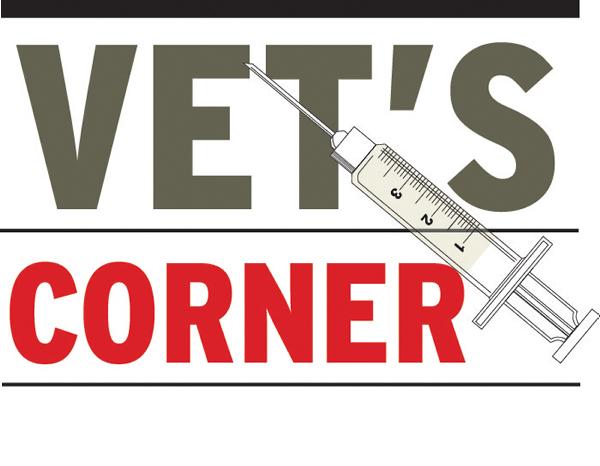A visit to a cow with grass tetany isn’t exactly what you’d expect on a sunny June evening. The cow had been brought in for evening milking and had gone down in the yard.
When I arrived, she was sitting upright, but was obviously excitable and alert, with very visible body tremors. So far, so simple. But as I looked more closely, the cow was obviously dehydrated, salivating heavily and showing symptoms of aggression and being easily startled.
Her heart, as I listened, while increased in rate, was relatively normal.
And as I moved my hand along her flank, the diagnosis became simple. The white skin on the cow’s body was raised and obviously inflamed. And all the other signs fitted perfectly.
The cow had what farmers often refer to as sunburn – which in fact is photosensitisation, leading to photosensitive dermatitis.
Photosensitisation is an abnormal reaction to sunlight due to the accumulation of photo-reactive agents under the skin. These photo-reactive agents, when they absorb ultraviolet light, produce free radicals, which in turn react with proteins and cells in the skin, causing damage.
This ultraviolet light will only be absorbed through non-pigmented (white) skin with poor density of hair cover.
The most common cause of photosensitisation is the ingestion of, or direct skin contact, with photodynamic agents. The other causes originate from genetic defects and liver damage.
The most common photodynamic agent in Ireland is St John’s wort, a plant found in every part of the country.
Why certain animals will eat quantities of this plant is unknown.
Treatment of these animals is relatively straightforward. Immediately remove the animal from sunlight to cool, shaded, fly-free housing. Antibiotics to prevent secondary skin infections may be necessary, particularly if the skin begins to slough off.
Anti-inflammatories may also be of benefit, as may topical applications to the affected areas.
As a general rule, skin lesions subsequent to photosensitisation heal well, despite the extensive damage caused, but there may be residual scarring or wrinkling of the areas affected.
*Padraig Duggan works at Killenaule Vets, Killenaule, Thurles, Co Tipperary. Killenaule Vets is part of XLVets. XLVets is a group of progressive practices who are working together to achieve a better future for agriculture and veterinary in Ireland. For further information, go to www.xlvets.ie.






 This is a subscriber-only article
This is a subscriber-only article










SHARING OPTIONS: